Waldor wet-on-wet watercolor painting is a process art technique that can help kids learn about and experience color.
Wet-on-wet watercolor painting is a process art technique practiced by artists and taught in Waldorf schools worldwide. Wet-on-wet (also known as wet-in-wet watercolor painting) is a watercolor technique or method that is exactly as it sounds–painting with wet watercolors on a wet or watersoaked piece of paper or another surface.
Because this watercolor technique requires applying wet paint to wet paper, the heavyweight watercolor paper must be soaked or sprayed with water before painting. Scroll down to learn more about the hows and whys of wet-on-wet watercolor painting with children at home or in the classroom. You might also enjoy printmaking or salt painting.
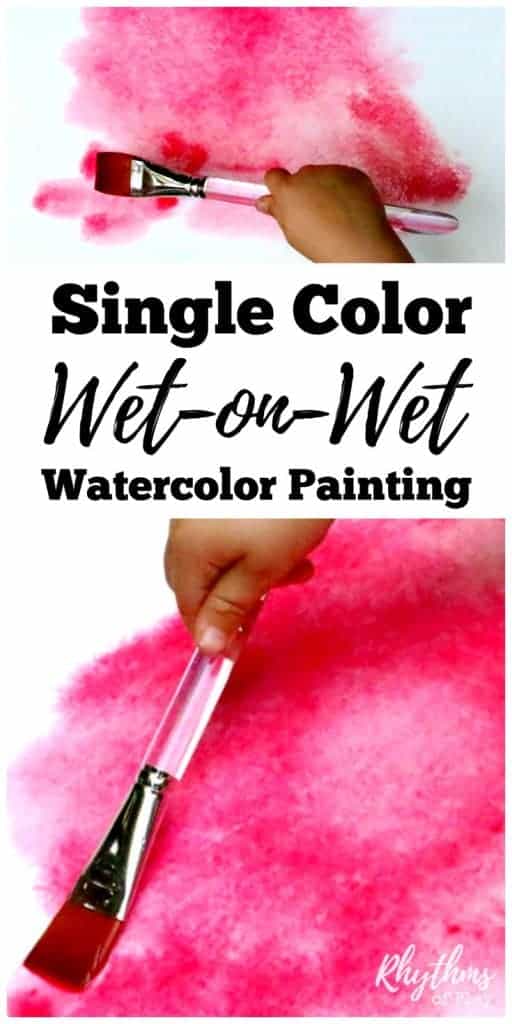
What is Wet-on-Wet Watercolor painting?
Wet-on-wet is a watercolor painting method is a process art technique used to create gorgeous watercolor art by artists and Waldorf students everywhere. Because these watercolor paintings are created by applying wet watercolor paints on wet paper, it is called wet-on-wet.
Using the wet-on-wet watercolor technique to create watercolor art with a wet wash can help the paint flow so that colors can blend into colorful bursts and blooms, as opposed to dry techniques that create rigid forms on dry paper without any liquid. And this makes it easy to create ombre watercolor washes and other flowy formless watercolor effects using the wet-on-wet watercolor technique.
Painting with watercolors using the wet-on-wet painting process is an excellent method for preschoolers, kindergarteners, and elementary-aged kids to experience and learn about color–and color mixing. And it is the primary watercolor painting technique taught to Kindergarteners and the lower grades in Steiner and Waldorf schools and homeschools worldwide.
Waldorf Wet-On-Wet Watercolor Painting
At Waldorf schools and in Waldorf homeschools, children are taught to paint with watercolors one color at a time using the wet-on-wet watercolor technique.
And, to make things even more interesting (and educational), only the primary colors–red, yellow, and blue–are used to create these wet-on-wet watercolor paintings.
In other words, children learn to paint with watercolors by working with each color individually before adding a second color.
Why Paint with Only One Color At a Time?
In Waldorf education, children learn to paint using the wet-on-wet watercolor technique with one color at a time. There are many reasons for this.
First, they get to experience the quality and different effects of each color on its own and how the watercolors become fluid as they mix and flow with the water on the paper to create beautiful blooms with different color gradients.
And this makes adding a second color an educational experience for children because they get to experience how colors mix to make a new color firsthand. Because when a second or third color is finally introduced–magic happens right before their eyes. Color mixing magic.
Knowing that yellow and red make orange versus the experience of watching red and yellow mix to become orange can’t be compared. And color mixing is understood on a whole new level.
But if all three primary colors are added or layered into a young child’s watercolor paintings too soon, they will often become dingy and muted instead of bursting with color. They might even be turned completely brown or gray. And this is why it is important to begin learning to paint with each primary color–one at a time as described here, then two at a time, and finally three at a time.
Like a seed pushing forth through the earth, children need time to experience each color before the flowers of their creations can bloom into paintings with multiple colors and forms.
Wet-on-Wet Watercolor Painting Supplies
In Waldorf education, only art supplies of the highest quality are used. Click on the link to learn the reasons for this.
- 140 weight white watercolor paper
- Sink, tub, or tray large enough to soak the watercolor paper. Or a watercolor spray bottle filled with water.
- A flat waterproof surface or paint board to work on.
- 1 to 1 1/2 inch flat wash watercolor paintbrush.
- Red, Yellow, or Blue Watercolor Paint (Stockmar Paints are recommended for children, but high-quality watercolor tubes work just as well. Use Carmine Red, Lemon Yellow, and Ultramarine Blue. Follow the directions below to learn how to mix concentrated watercolor paints with water before painting.)
- 16 oz mason jar for clean water (recycled glass jars with a wide mouth also work well.)
- 8 oz canning jar for mixing and storing paints.
- Small 2 – 6 oz jar for paint (recycled store-bought and homemade baby food jars work great–we used these glass jars. You can also use 4 oz canning jars or this lovely set of Waldorf paint jars. You will only need one for this art project. Save the rest for two and three-color wet-on-wet watercolor.)
- Two sponges – or one cut in half. (One clean to wipe paper of excess water, and one to clean board or surface once finished. Trust me, you don’t want watercolor stains on the sponge that wipes the paper before painting.)
- A rag or paper towel
- Apron or painting smock.
- Chopstick
How to Mix Concentrated Watercolor Paints for the Wet-on-Wet Technique:
Follow the instructions below to learn how to mix concentrated watercolor paints from watercolor tubes and Stockmar paints (or even liquid watercolors) with water for use before painting.
- Place 1 teaspoon – 1 tablespoon of paint into an 8 oz canning jar. (Start small, and add more if needed.)
- Add a 1/2 to 3/4 cup of water to the concentrated paint and mix well with a chopstick.
- Use a small piece of watercolor paper to test the vibrancy of your paint mixture. If the solution is a bit pale, mix in more concentrated watercolor paint until you reach the hue or color gradient desired.
- Pour a small amount of this mixture into a 2 – 6 oz jar to paint with now–if desired.
- Put a lid on the remaining paint and place it in a cool dark place or the refrigerator to store.
- Mix well with a chopstick after storing it before use.
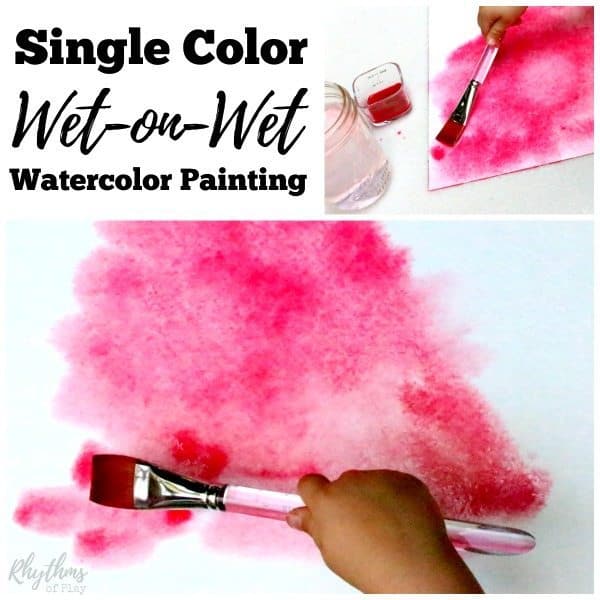
How to Paint Wet-on-Wet Watercolor Paintings
Follow the steps below to help children learn how to paint with the wet-on-wet watercolor painting method. Read through the instructions before starting and ensure you have a batch of mixed paint ready before offering this painting activity to kids.
Step 1 – Soak or Spray the Watercolor Paper
- First, fill a sink, tub or tray, or large bin with water.
- Next, put the watercolor paper into the water and allow it to soak for about 10-20 minutes. The idea is to get the paper nice and wet to help the paint flow.
- Green Tip: Water your plants with the leftover water when you are finished!
- Alternatively, you can soak the watercolor paper before painting with a watercolor spray bottle. Simple use it to spray the paper and allow it to soak for at least 5 minutes before painting.
Step 2 – Mix Watercolor Paint–or Retrieve it from Storage And Put it into Painting Jars
Stockmar paints and watercolor paint tubes are concentrated, so each hue must be mixed before use. If you don’t already have some paint mixed up and stored away, you will need to mix it while the paper is soaking. Follow the step-by-step instructions under the supply section to learn how to mix watercolor paints to use for the wet-on-wet watercolor painting method.
The good news is that once the concentrated paints are mixed with water, the mixtures can be stored, so you can continue to re-use the watercolor paint mix until it’s time to make a new paint mixture.
Simply mix up a bit of each color of watercolor paint, and save them away for another wet-on-wet painting day. Store watercolor paints for up to a year in a cool dark place or in the refrigerator. Use a chopstick to stir them up well before re-using them, and pour a small amount of the stored paint into a paint jar for watercolor painting.
Step 3 – Prepare to Paint
- Invite children to put on an apron or art smock.
- Place 2 – 6 oz jar of paint and 8 – 16 oz jar of water near the work surface.
- Place the pre-soaked damp paper on a board or waterproof surface. Or spray the paper’s surface with water until the paper has a wet surface. (We paint outside on our DIY Outdoor Art Table and Mud Kitchen.)
- There is a rough side and a smooth side to each piece of watercolor paper. Make sure you place it rough or texture side up.
- Use a clean sponge to wipe off excess moisture and smooth out any air bubbles. (Less water is better than too much water.)
- Lay the paintbrush on a rag or towel next to the wet watercolor paper.
Step 4 – Tell a Color Story (optional)
In Waldorf education, a color story is often told before a child works with a particular color or pigment, and paintbrushes are often named. In our home, we call our watercolor paintbrush Tippy to subtly remind our daughter not to leave her paintbrush in the jar, or it will tip over–lol. And, in our house, Tippy likes to rest on her bed–the rag or towel.
How to tell a color story
The story and colors used often have a seasonal element to them–something that the child may be experiencing in the outside world. The story I told my daughter before she did the painting below went something like this.
One morning Tippy woke up and noticed the red appearing on the Japanese Maple outside her front door. She said, “Hello Red! Do you want to play with me today?” As she started to run out the door her mother told her, “Don’t forget to wash your feet before you play Tippy.” So she dipped her feet in her bathtub (paintbrush in the water jar) and sung happily, “Red, Red, I get to play with Red today. Red, Red, I get to play with Red.” Then she wiped her feet off (brush paintbrush on rag or towel) and ran outside to greet Red (dip brush in red paint). “Hello Red! Do you want to dance and play? So they danced and they played (painting red on paper) and they danced and they played.
You get the idea. Please don’t feel you have to tell the story as I did. There are as many ways to tell a color story as there are colors in the world. Make it something you feel comfortable sharing and a story your child can relate to.
Related Post: Benefits of Reading Fairy Tales for Kids
Step 5 – Invite Children to Paint with Watercolors Using the Wet-on-Wet Watercolor Painting Technique
Young children, such as preschoolers and kindergarteners, learn best by imitating others. So, if this is the first time your child has ever tried wet-on-wet watercolor painting, demonstrate how to paint with watercolors using a flat wash watercolor brush before inviting them to try painting with the wet-on-wet technique.
It is important for children to see an adult or older child paint, so they know what to expect, what is expected of them, and how to properly use a paintbrush. And these details can all be shared within the color story, through your example, and with a little guidance.
This demonstration is often done while telling an extended color story and using a flat wash watercolor paint brush to show children how to use a paintbrush properly. Remind children that long uni-directional brush strokes and gentle taps of color are beautiful ways to put color onto the paper. It’s important for children to see others using watercolor painting techniques before giving them a paintbrush so they know what to do.
Once they have a pretty good idea of how best to put paint onto the wet paper, let them experiment and play with watercolor painting. For more information about using this watercolor painting technique with children, see the instructions for two-color and three-color wet-on-wet watercolor painting.
Wet-on-Wet Watercolor Painting for children
Wet-on-wet watercolor painting is a technique taught in Waldorf schools and enjoyed by artists and homeschoolers across the globe.
Creating art with this watercolor painting method is a fun and easy process art activity for kids. All you need is a few simple supplies and a willing participant.
And once your we-on-wet watercolour paintings are dry, your beautiful creations can be made into cards (such as these) and crafts (like these).
Once your child becomes competent at working with single colors, you can offer Two-Color wet-on-wet watercolor painting and Three-Color wet-on-wet watercolor painting.
More Information About Waldorf Painting Techniques for Kids
- Painting and Drawing in Waldorf Schools: Classes 1-8
- Painting in Waldorf Education
- Wet on Wet: The Waldorf School Method of Painting and Color
- Painting With Children

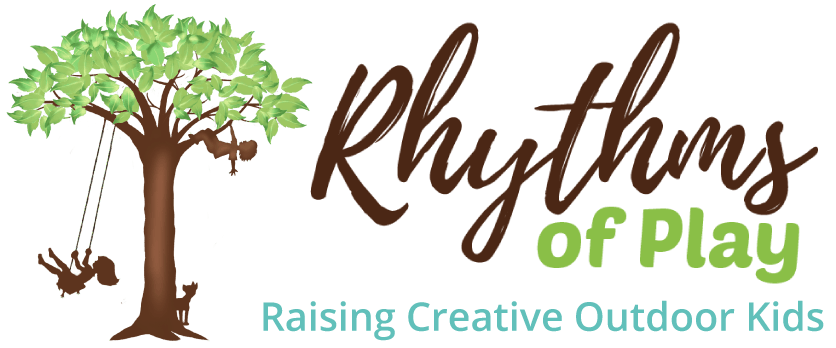
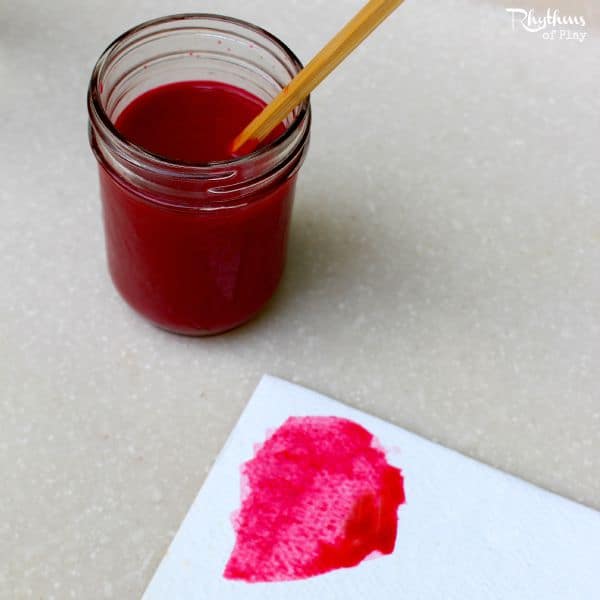
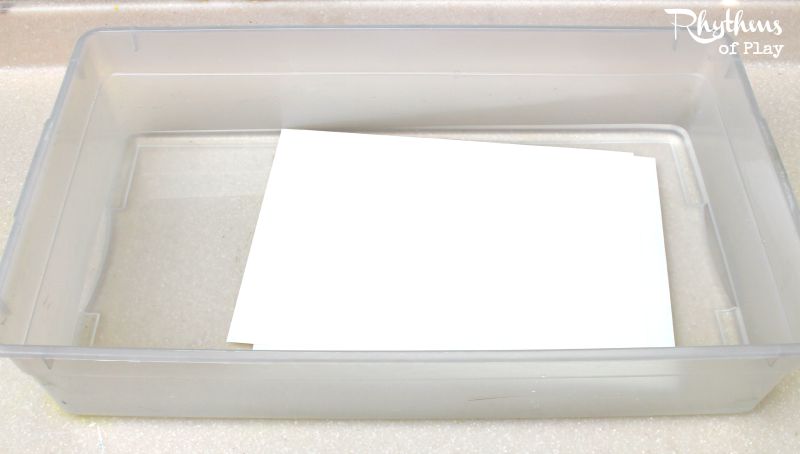
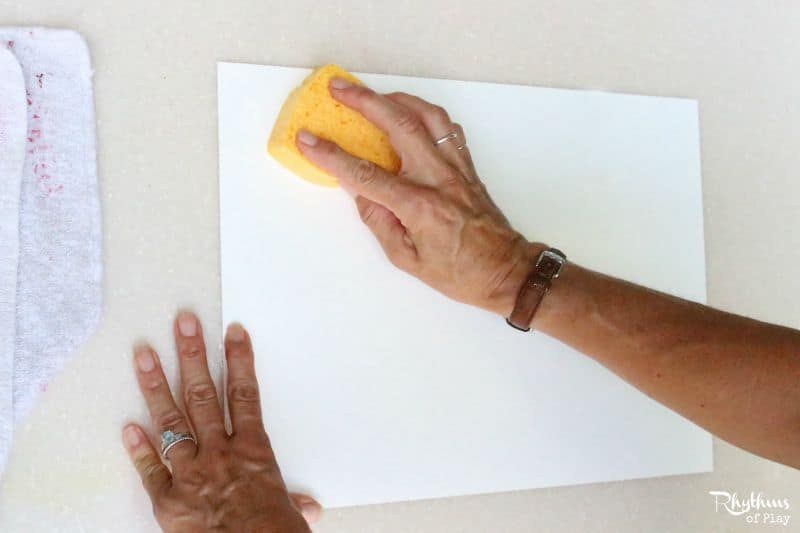
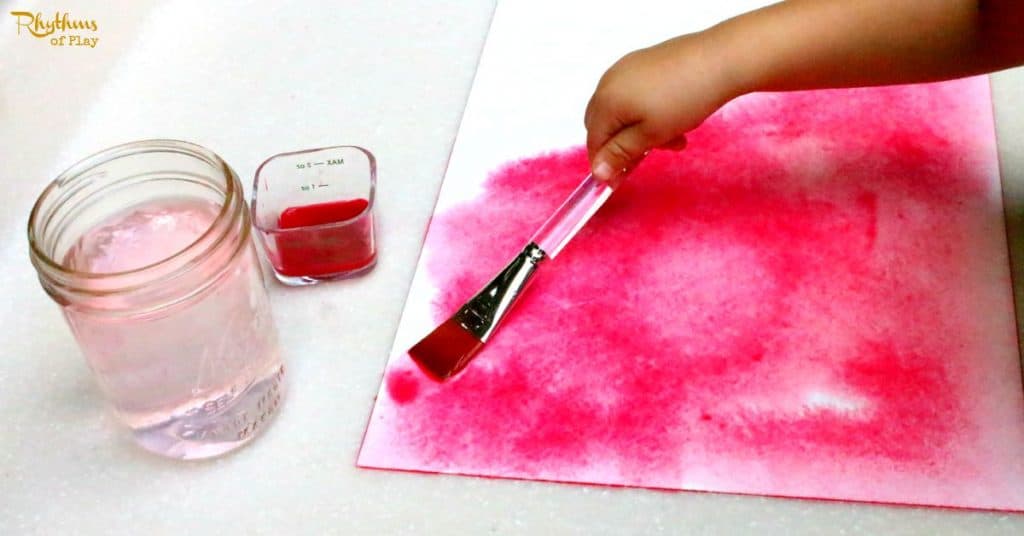
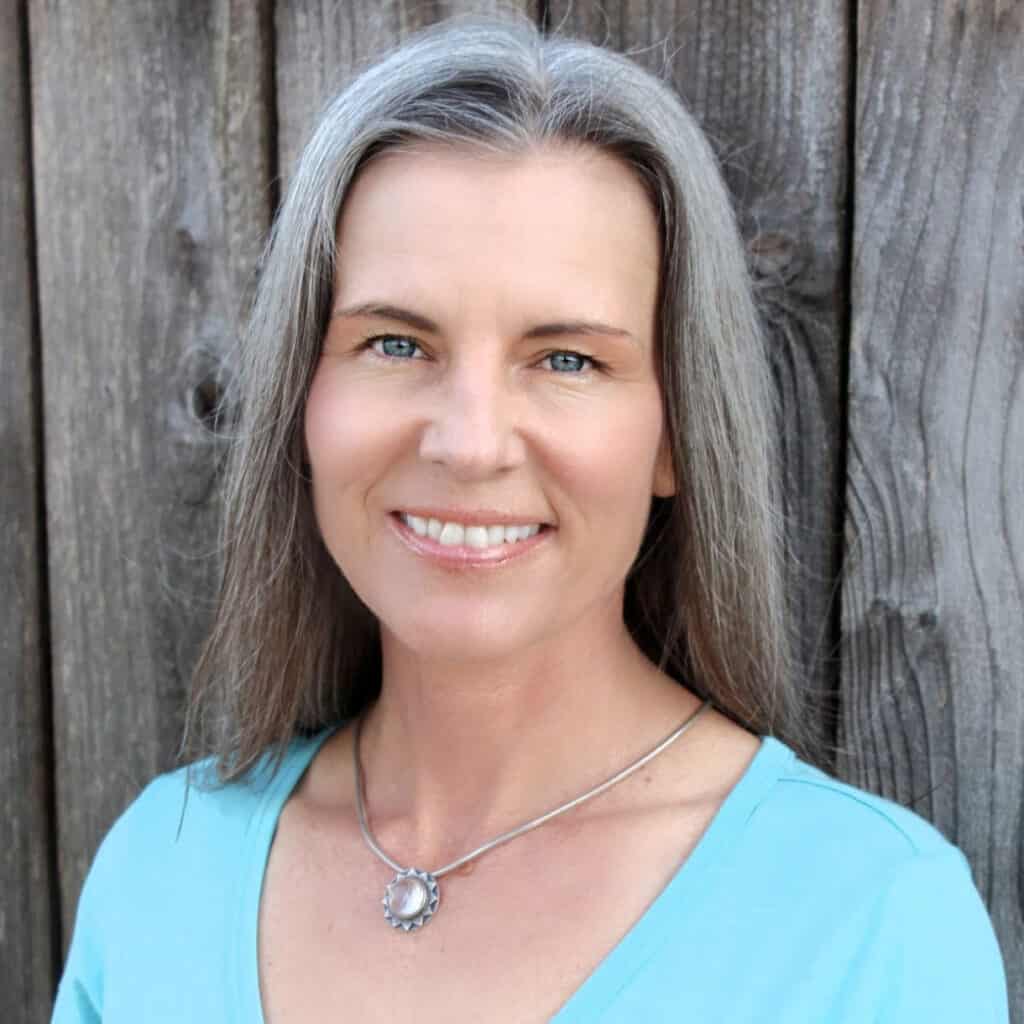

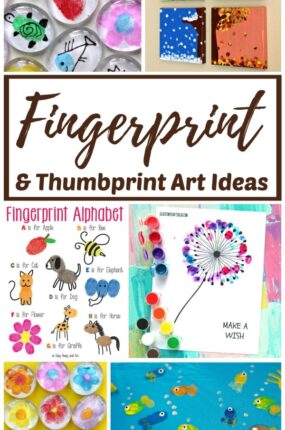
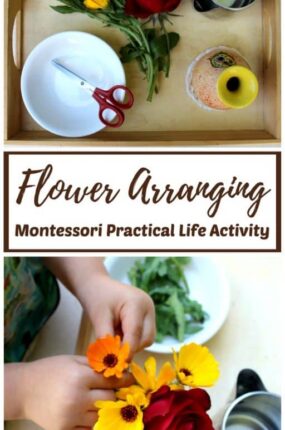
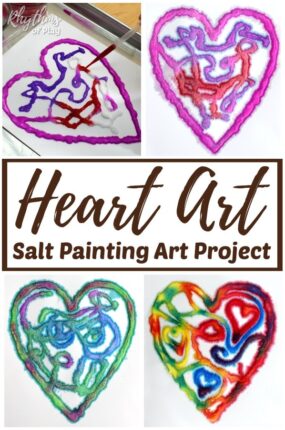
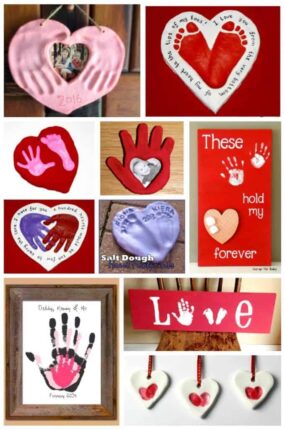
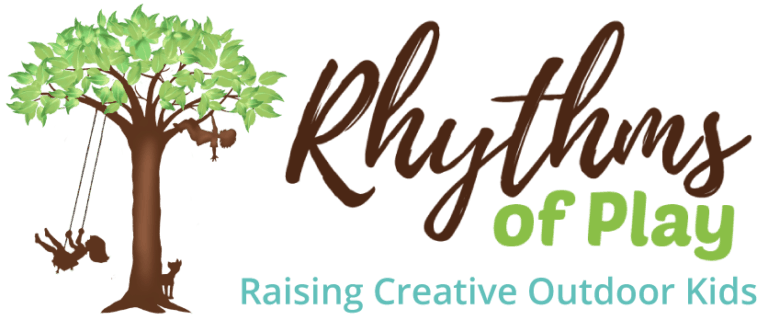
I love the stories to go along with the painting – and the watercolors looks awesome!
I was a little resistant to the color story’s at first, but they really work for my daughter. It really helps her use the proper techniques when combined with my demonstration. No teaching necessary-love it!
Looks so much fun! My little girl can’t wait to do this today! <3 Thanks!
You’re welcome Ashleigh! I’m sure your daughter will enjoy it. Mine sure does. She asks to do it daily so we are almost ready to offer two colors – stay tuned 🙂
This is great.step by step along with supplies , story, and instructions.
I have longed believed that we should be teaching kids how to paint. I am a decorative artist and have taught kids and my grandkids how to paint brush strokes in acrylics and how to create with them. I hope to see more from you on teaching kids.
Anyone who wishes ,can paint if they learn the brush strokes. It is a learned method.
Thank you.
Martha
Thanks, Martha! I’m so glad you appreciate my instruction. Yes, I plan to continue posting about painting techniques for kids. Thank you for the recommendation to cover brush strokes. I’ll see what I can do!
Hi, this is just amazing! But I’ve got a question….in mainstream they seem love very much the watercolor finger painting instead. Is there any particular reason why it is not used in Waldorf kindergarten?
Hi Ele!!
That is a great question, but I have no idea exactly why. I will look into it and find out!